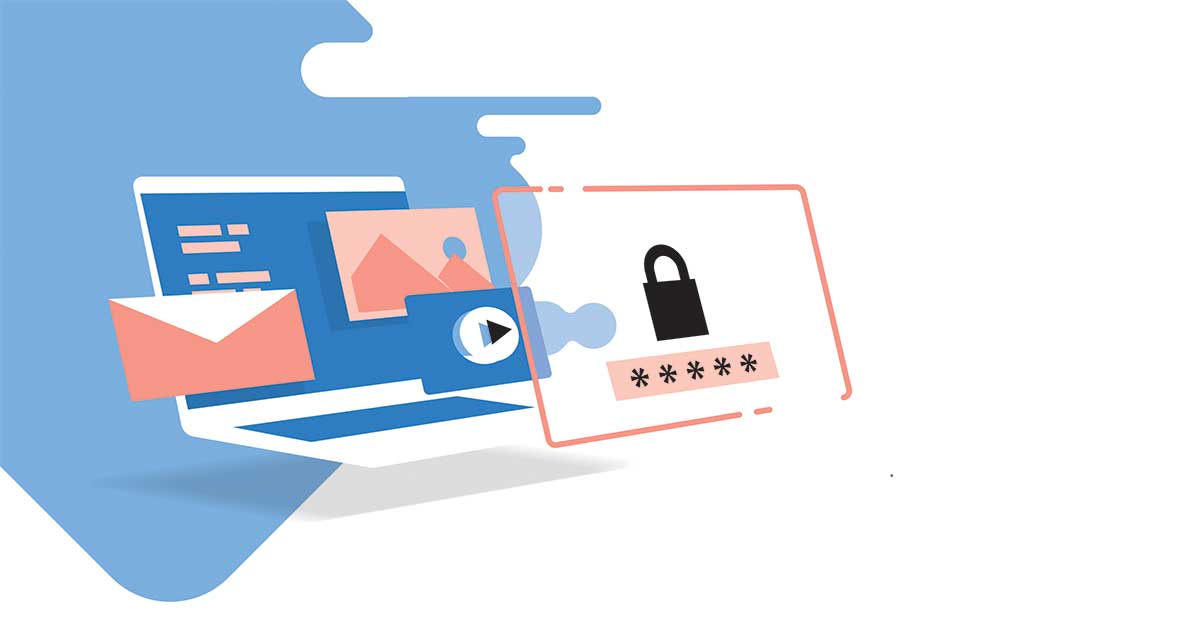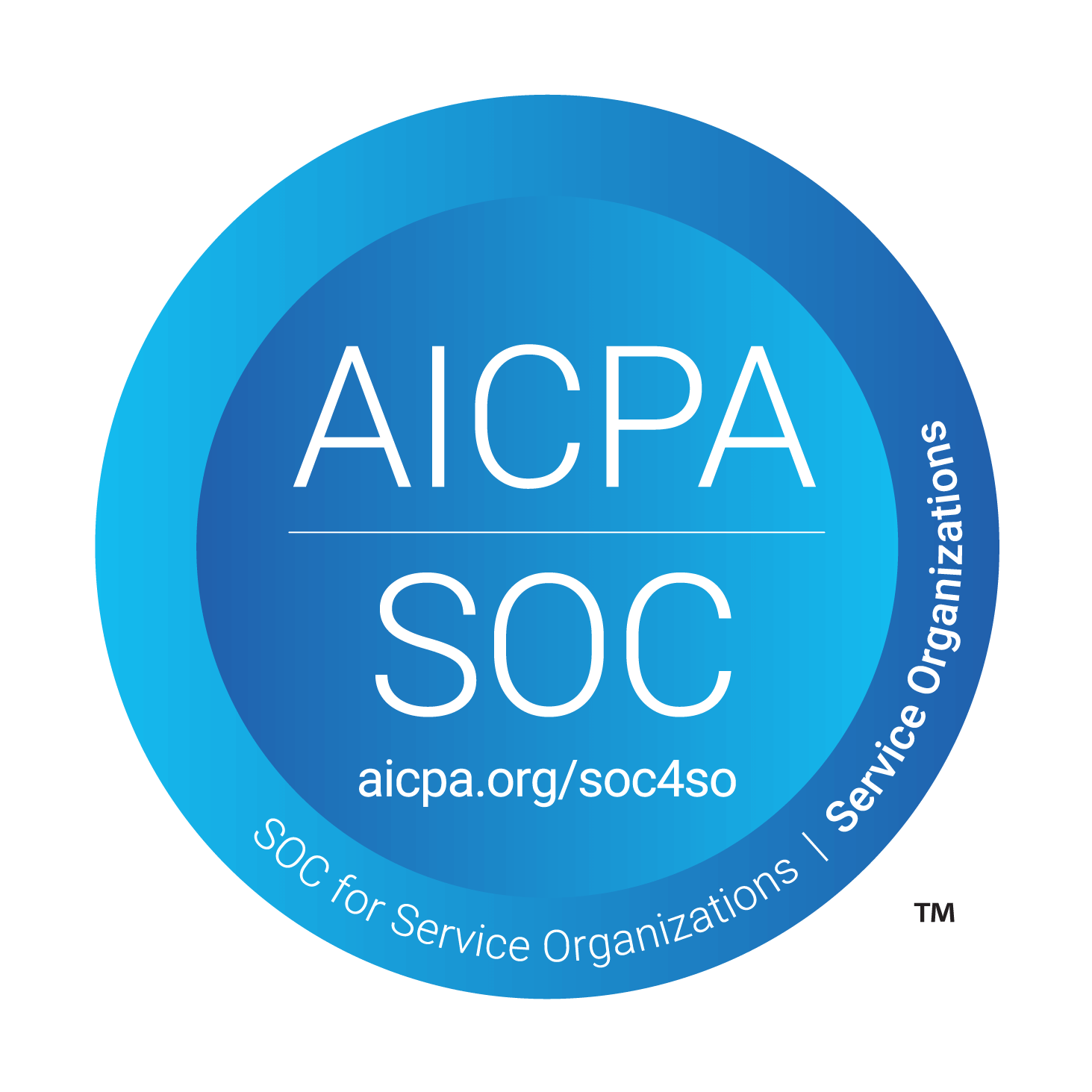Why Securing Business Email Is Essential for Cybersecurity Success
Email Is Still the #1 Threat Vector for Businesses
In today’s connected workplace, email is the backbone of how organizations communicate and operate. It’s used for sending invoices, confirming purchases, sharing credentials, coordinating vendors, and managing client relationships.
Unfortunately, that also makes it a top target for attackers.
Most cybersecurity incidents still begin with a deceptive or dangerous email—often disguised as legitimate business communication. Here are the main culprits:
Phishing Emails
These messages are designed to trick users into clicking on a link, downloading a file, or entering sensitive information—like passwords or payment details. They often look like they’re from a trusted source (such as Microsoft, your bank, or a known vendor), but they’re actually crafted by cybercriminals.
Spoofed Messages
Spoofing is when an attacker fakes the identity of the sender to make an email look like it’s coming from inside your company or a trusted partner. These emails are often used in impersonation scams to convince someone to transfer funds, change payment info, or share sensitive data.
Malicious Attachments
Files attached to emails—like PDFs, Word docs, or Excel files—can contain hidden malware. If opened, they may install ransomware, log keystrokes, or provide attackers with a backdoor into your systems.
Any one of these threats can slip through a weak or misconfigured email system. And one unintentional click by an employee can lead to ransomware, financial fraud, or unauthorized access to your network—especially dangerous for growing businesses managing sensitive client data or regulated information.
Secure Email Isn’t Optional—It’s Infrastructure
Many business owners assume their email platform comes fully secured out of the box. Platforms like Microsoft 365 or Google Workspace do include some built-in protections—but they’re not always configured correctly, and on their own, they rarely provide the layered protection needed to stop today’s more advanced threats.
Secure business email requires a strategy, not just a subscription. Here are the key components:
Properly Configured Domain Records (SPF, DKIM, and DMARC)
These email authentication protocols verify that incoming messages are really coming from the senders they claim to be from.
- SPF (Sender Policy Framework) defines which mail servers are authorized to send email on your domain’s behalf, helping to block unauthorized sources.
- DKIM (DomainKeys Identified Mail) adds a digital signature to your emails, verifying they haven’t been altered in transit.
- DMARC (Domain-based Message Authentication, Reporting & Conformance) builds on SPF and DKIM by specifying how to handle messages that fail these checks, and provides reports so you can monitor abuse attempts.
Anti-Phishing and Impersonation Controls
These tools scan incoming messages for suspicious indicators like fake sender addresses, urgent or unusual requests, and message patterns that resemble phishing. They can quarantine or flag risky emails before they reach employee inboxes. Impersonation protection specifically targets emails that try to mimic executives or trusted partners to trick recipients.
Attachment and Link Scanning
Every attachment and URL is analyzed in real time for malware, ransomware, or phishing sites. Suspicious files are blocked or sandboxed to prevent malicious code from executing on your network.
Role-Based Policies
Not every employee needs the same email permissions or access. Role-based controls limit exposure by restricting who can receive certain types of emails, who can open attachments, or who can approve sensitive requests—helping to minimize risk.
Ongoing Monitoring and Alerting
Threats evolve constantly. Continuous monitoring watches for unusual email activity, detects new attack patterns, and alerts your security team so they can respond quickly—reducing the window of exposure.
User Training and Phishing Simulations
Your people are the last line of defense. Regular training helps employees recognize phishing attempts, and simulated attacks reinforce good habits without real risk. This builds a security-aware culture that complements your technical defenses.
Together, these layers create a resilient email security posture that adapts as threats grow more sophisticated—helping you protect your business without sacrificing productivity.
Email Security That Fits Your Business
There’s no one-size-fits-all solution. The right approach depends on your platform, how your business operates, and the level of risk you’re willing to manage. As a Managed IT Services Provider, our role is to assess your current protections, identify gaps, and guide your business toward a right-sized solution.
Sometimes that means improving the tools you already have—like Microsoft Defender or other email gateways. Other times, it involves layering in additional protection through advanced cloud-based services that better align with today’s threat landscape.
We take a collaborative, vendor-neutral approach to make sure your email security matches your goals, not just your licenses.
Ongoing Monitoring and Alerting
Threats evolve constantly. Continuous monitoring watches for unusual email activity, detects new attack patterns, and alerts your security team so they can respond quickly—reducing the window of exposure.
At Louisville Geek, we leverage advanced tools like Liongard to enhance this monitoring. Liongard connects to your entire IT environment—email systems, networks, cloud platforms, and more—automatically inspecting configurations and settings. This helps us detect risky changes or misconfigurations before they can be exploited by attackers.
By integrating Liongard’s inspectors with our Security team’s expertise, we get a clearer, real-time picture of your security posture—not just in email but across your infrastructure. This holistic visibility allows us to identify threats faster, respond more effectively, and keep your business safer.
Our Security Analysts Are Part of Your Team
Technology plays a major role—but it’s the people behind the platform who make the difference. At Louisville Geek, our Security Analysts and Engineers actively monitor threat alerts and email detections, stepping in to take action when needed.
That includes:
- Reviewing quarantined emails to determine legitimacy
- Working directly with your team to release or block suspicious messages
- Helping end users report phishing attempts and analyzing the results
- Investigating threats in real time and adjusting policies as new tactics emerge
- Escalating and remediating incidents when a threat gets through
- Leveraging insights from tools like Liongard to understand changes and potential risks in your broader IT environment
Think of our security team as an extension of your internal team. We bring expertise, visibility, and a fast response, so your team doesn’t have to handle the gray areas of email security alone. We’re not just managing tools—we’re managing outcomes.
Security Is Ongoing, Not Set-and-Forget
Effective email protection doesn’t stop at the point of purchase. It requires:
- Active monitoring for new threats
- Regular testing and reporting
- Quick action when suspicious behavior is detected
- Educating your team to spot and report phishing attempts
Whether we’re managing your email security stack or supporting your internal IT team, our goal is to keep your communication environment secure, efficient, and aligned with the way your business works.
Don’t Wait for a Breach to Start the Conversation
Securing business email doesn’t have to be complicated—but it does need to be intentional.
If you’re unsure whether your current protections are enough, or if you’ve experienced suspicious emails slipping through, now is the time to assess. Our team can help you understand your current risk, identify gaps, and implement solutions tailored to how your business communicates and operates.
Contact us to take a closer look at your email security—before an attacker does.




